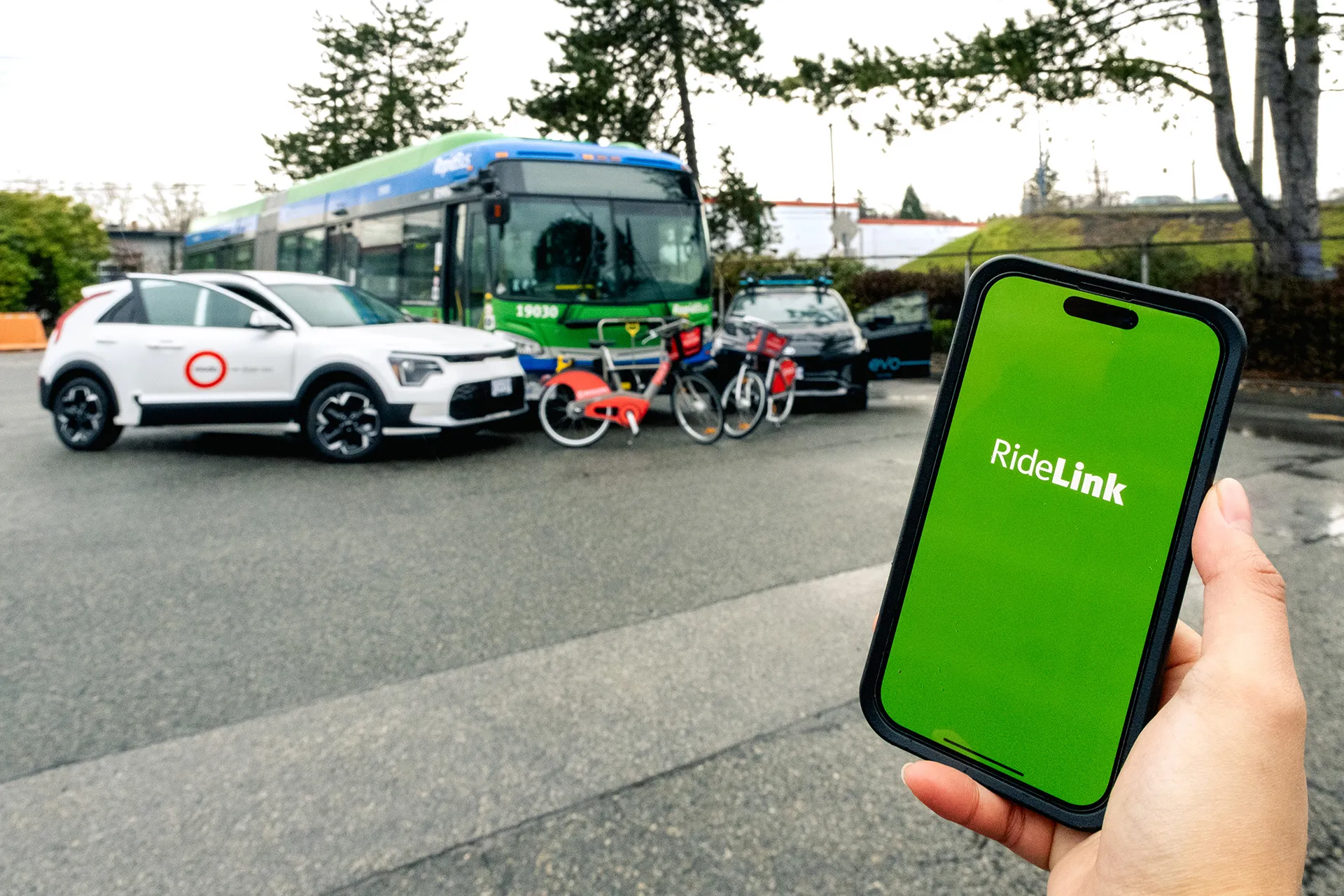Mayor Vincent C. Gray and District Department of Transportation (DDOT) director Matt Brown have released the final US$54 million moveDC Transportation Plan. The plan is a comprehensive, multimodal transportation strategy that outlines policies, programs and capital investments to enhance the District’s transportation network and includes detailed elements or master plans for each mode of travel in the District.
The moveDC plan is the culmination of an 18-month process that has involved thousands of resid
October 24, 2014
Read time: 2 mins
Mayor Vincent C. Gray and 2134 District Department of Transportation (DDOT) director Matt Brown have released the final US$54 million moveDC Transportation Plan. The plan is a comprehensive, multimodal transportation strategy that outlines policies, programs and capital investments to enhance the District’s transportation network and includes detailed elements or master plans for each mode of travel in the District.
The moveDC plan is the culmination of an 18-month process that has involved thousands of residents from the District and the Washington metropolitan region. Key themes of moveDC include more travel options, reliability of transportation systems, safety for all and efficiency of investments, which Gray said would expand the city’s transit options while deterring driving through the use of toll lanes on the city’s gateways and charging a congestion fee to motorists entering downtown.
These themes are highlighted in the recommendations for the modal elements (pedestrian, bicycle, transit, vehicle and freight) as well as the supporting elements (transportation demand management, parking and kerbside management, and sustainability and liveability).
Specifically, over 200 new miles of bicycle facilities, a 22-mile streetcar system with the possibility of extension lines and over 40 miles of high capacity transit, half of which could be in dedicated lanes, are proposed in moveDC. Other proposals include the completion of DDOT’s traffic signal optimisation project to enhance the District’s traffic signal network and the improvement of pedestrian safety at more than 20 intersections.
“I commend the thousands of people who participated in the moveDC planning process – in meetings and workshops, through social media, surveys, webinars, and countless conversations,” said Mayor Gray. “Their suggestions, comments and inspiring ideas formed a plan that puts in motion the creation of a world-class transportation network that works for everyone in the District of Columbia.”
The moveDC plan is the culmination of an 18-month process that has involved thousands of residents from the District and the Washington metropolitan region. Key themes of moveDC include more travel options, reliability of transportation systems, safety for all and efficiency of investments, which Gray said would expand the city’s transit options while deterring driving through the use of toll lanes on the city’s gateways and charging a congestion fee to motorists entering downtown.
These themes are highlighted in the recommendations for the modal elements (pedestrian, bicycle, transit, vehicle and freight) as well as the supporting elements (transportation demand management, parking and kerbside management, and sustainability and liveability).
Specifically, over 200 new miles of bicycle facilities, a 22-mile streetcar system with the possibility of extension lines and over 40 miles of high capacity transit, half of which could be in dedicated lanes, are proposed in moveDC. Other proposals include the completion of DDOT’s traffic signal optimisation project to enhance the District’s traffic signal network and the improvement of pedestrian safety at more than 20 intersections.
“I commend the thousands of people who participated in the moveDC planning process – in meetings and workshops, through social media, surveys, webinars, and countless conversations,” said Mayor Gray. “Their suggestions, comments and inspiring ideas formed a plan that puts in motion the creation of a world-class transportation network that works for everyone in the District of Columbia.”








